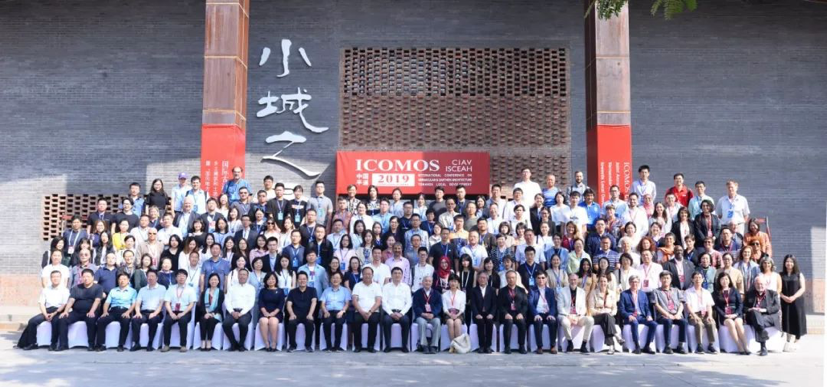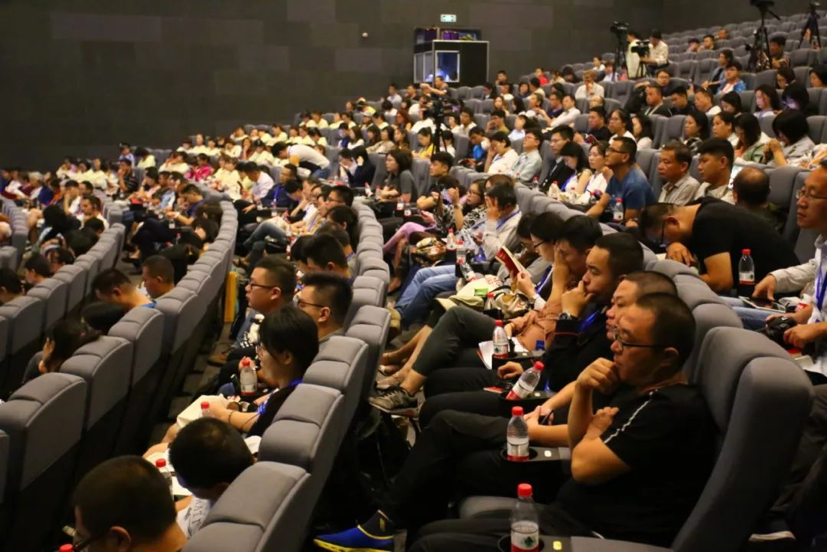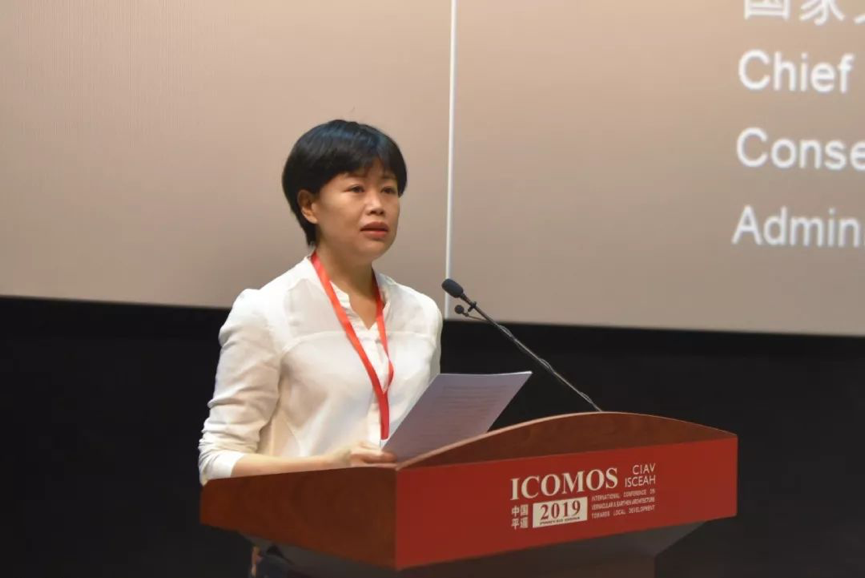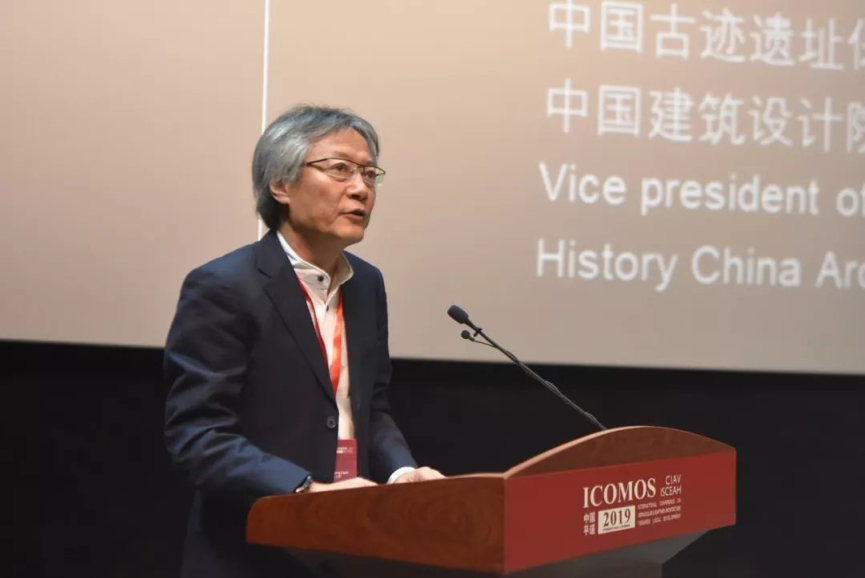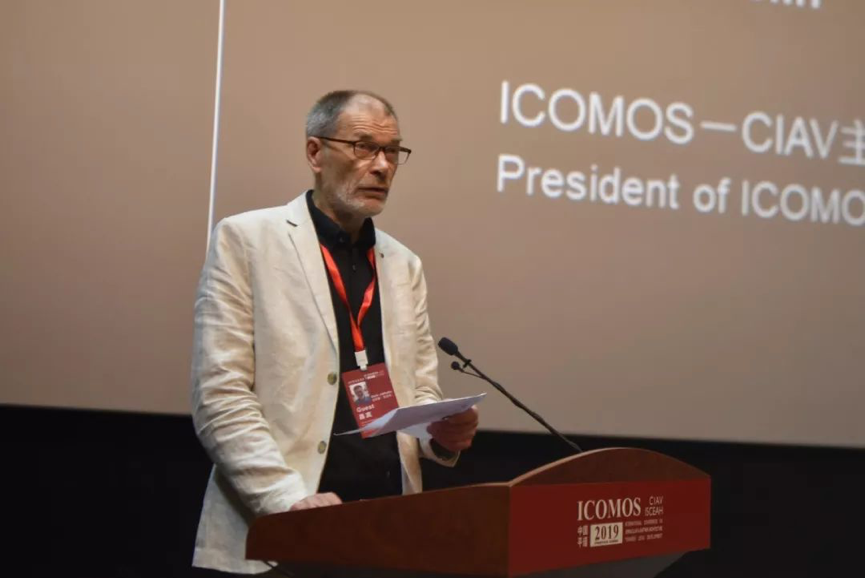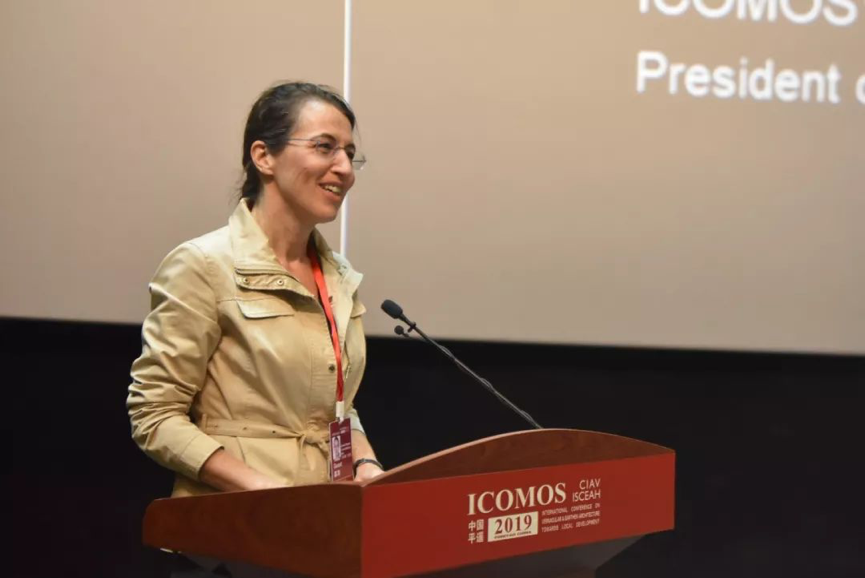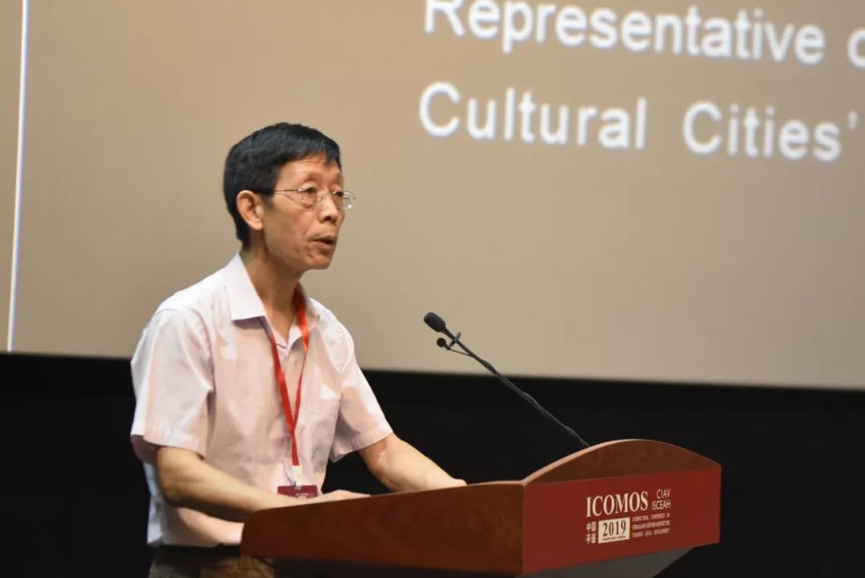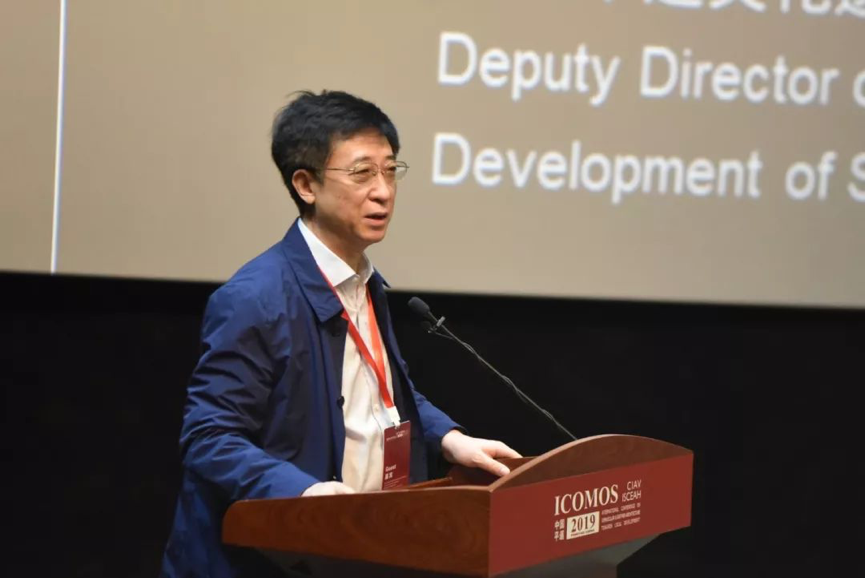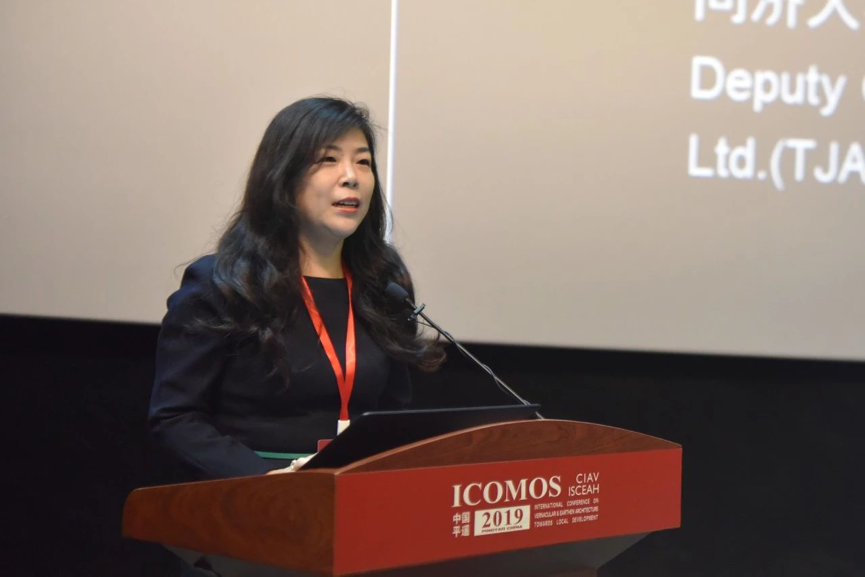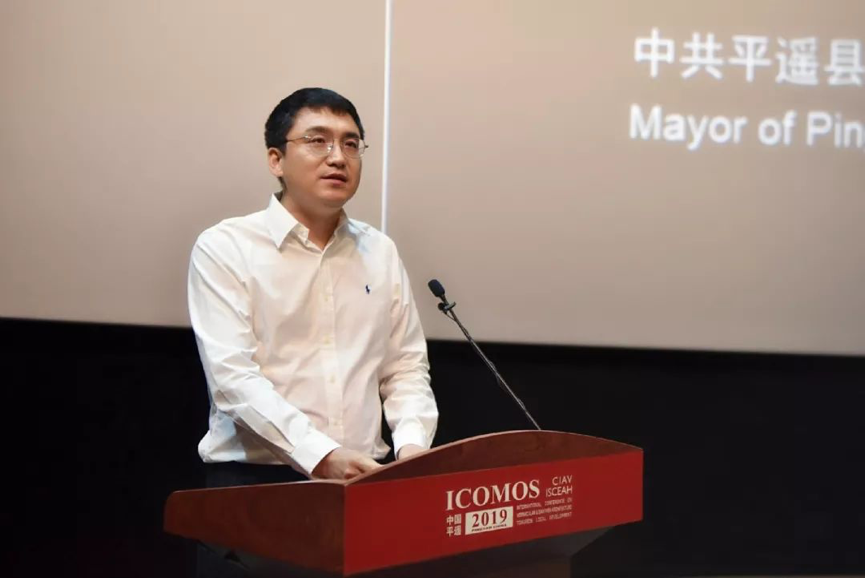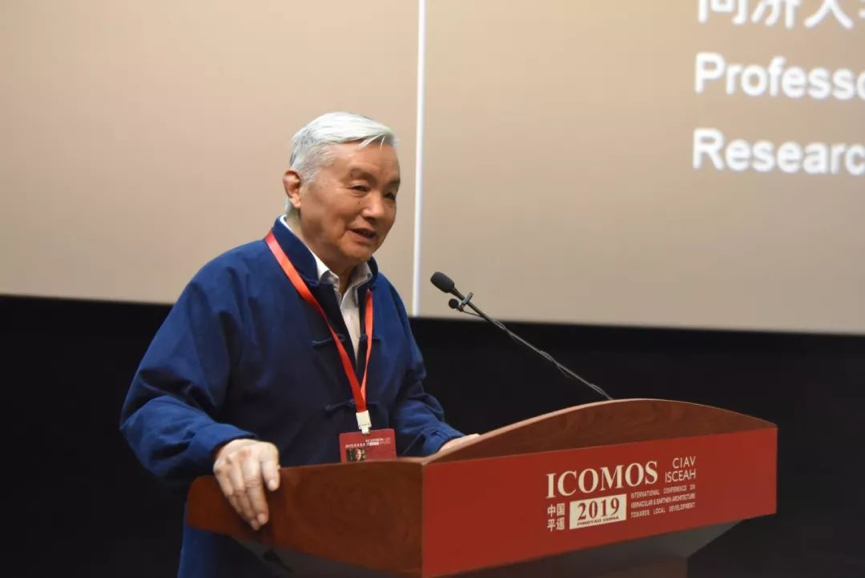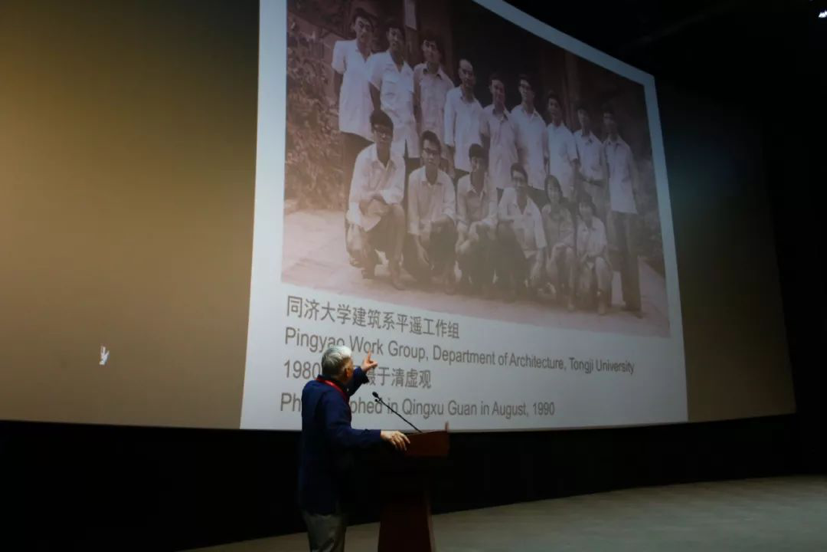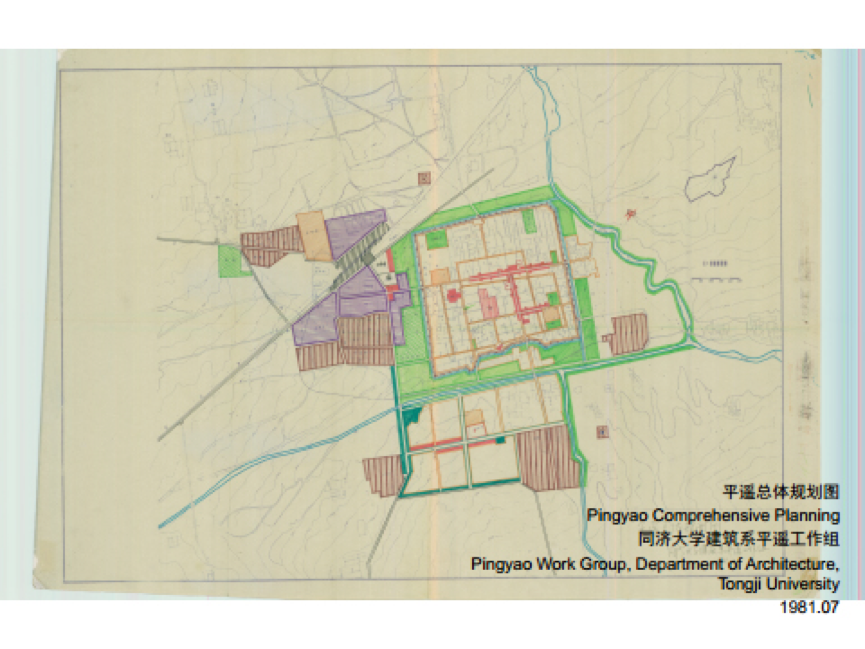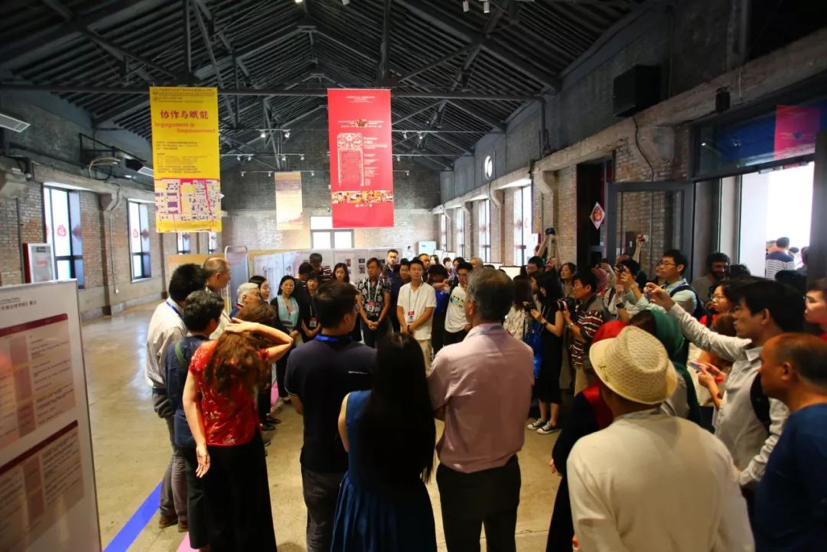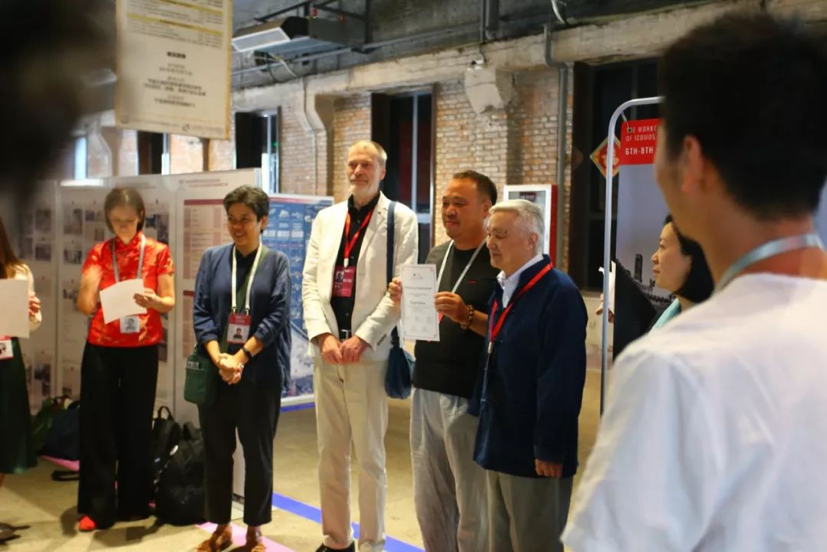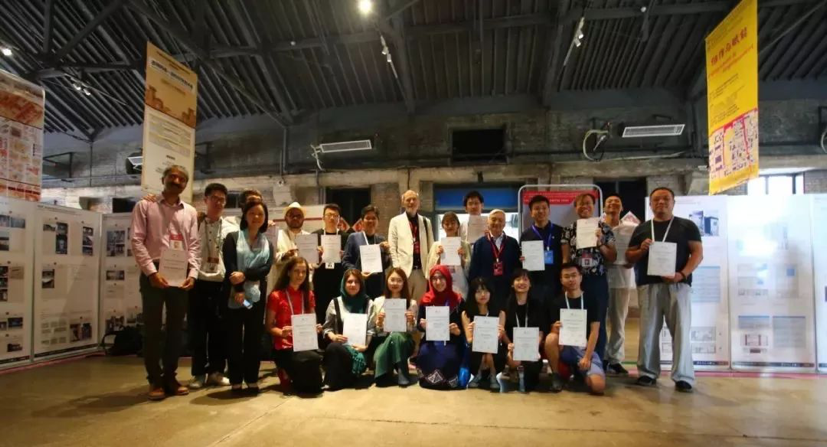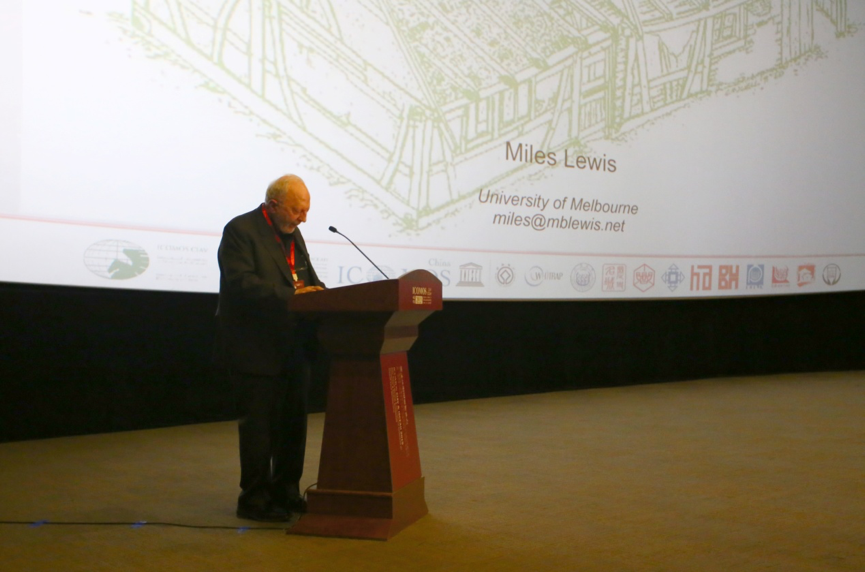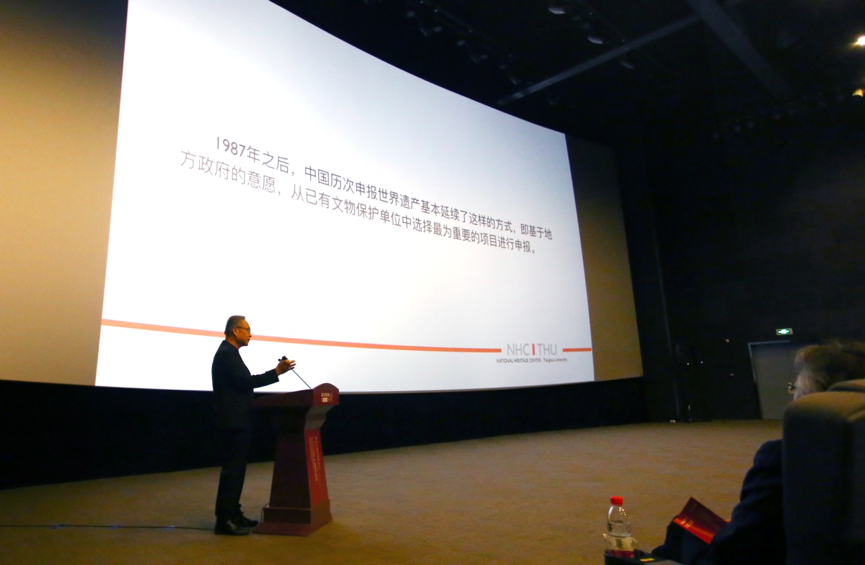| Opening of the ICOMOS - CIAV & ISCEAH 2019 Joint Annual Meeting & International Conference on Vernacular & Earthen Architecture towards Local Development |
| Author:UHC PublishDate:2019-09-07 Hits:4288 |
Opening of the ICOMOS - CIAV & ISCEAH 2019 Joint Annual Meeting
&
International Conference on Vernacular & Earthen Architecture towards Local Development
The ICOMOS - CIAV & ISCEAH 2019 Joint Annual Meeting & International Conference on “Vernacular & Earthen Architecture towards Local Development” will be held from September 6 – 8th, 2019 at the Ancient City of Pingyao. The meeting is co-organized by ICOMOS-CIAV, ICOMOS-ISCEAH, ICOMOS-CHINA, WHITRAP Shanghai, the Academic Committee of Historical and Cultural City Planning - Urban Planning Society of China (ACHCCP-UPSC), the Academic Committee of Urban and Rural Built Heritage - Architectural Society of China (ACURBH-ASC) and Tongji University, with sponsorship from Pingyao County CPC Committee, Pingyao County People's Government and the International Workshop of Urban and Rural Heritage Conservation and Development in Pingyao.
It is the first joint annual meeting and international conference of two ICOMOS International Scientific Committees that has ever been held in China. This international high-level conference aims to look for and promote a new path for heritage conservation, transmission, research and use in Pingyao and China.
The international conference is divided into 4 sub-themes (1. Architectural features, values and conservation; 2. Challenges and possible solutions; 3. Contemporary conservation and technical innovation; 4. Adaptive reuse and revitalization towards local development) and 1 special theme on “heritage conservation going public: case studies of Pingyao international workshop”. The meetings bring together more than 230 participants from 25 countries to exchange their views and share their insights on the above topics and contribute to the conservation management of the World Cultural Heritage site. A total of 21 keynote speeches and 66 presentations will be made during the conference.
The opening ceremony was held at the “Spring of Small Town” Conference Hall of Pingyao Festival Palace in the morning of 6 September. Niu Jitong, a member of the Standing Committee of Pingyao County Party Committee and the Vice Mayor of Pingyao County, presided hosted the ceremony and welcomed the participants that included representatives from Chinese authorities at state, provincial and local levels, experts and scholars and journalists from different media.
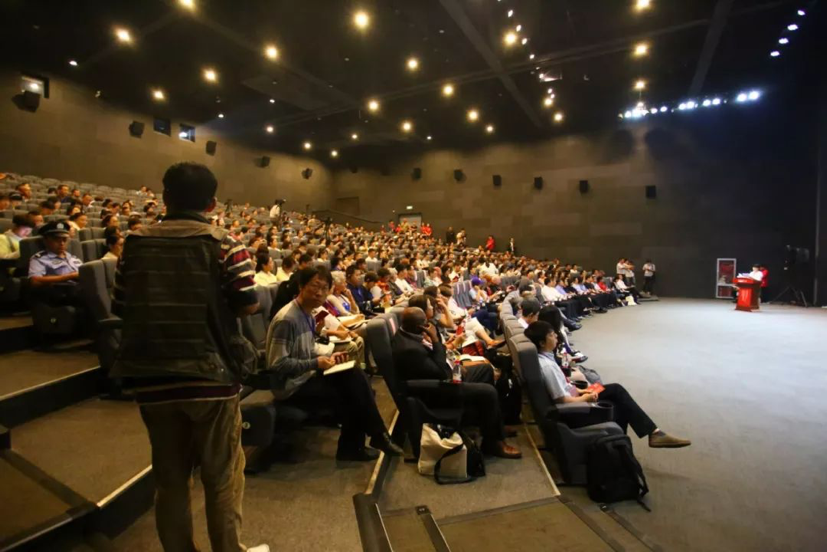 Opening ceremony
Xiao Li, Chief of World Heritage Division under Department of Cultural Heritage Conservation and Archaeology of National Cultural Heritage Administration, expressed her congratulations on the opening of the meeting on behalf of the National Cultural Heritage Administration and welcomed the experts from all over the world. She further reviewed the cooperation between China and ICOMOS. She said the historical buildings in the Ancient City of Pingyao are outstanding representatives of Chinese traditional architecture. The National Cultural Heritage Administration has been paying high attention to the conservation of Pingyao, and provided numerous support in financial, technological and training terms, so as to facilitate local effort to tap the potential heritage resources and make Pingyao a showcase of exceptional traditions of China. The success of this academic activity demonstrates local government's resolution on the conservation of cultural heritage and their confidence in a sustainable future of the city.
Representatives from other organizers of the conference delivered welcome speeches, including Li Jinsheng, Deputy Director of Housing and Urban-Rural Development Department of Shanxi Province, Zhao Ying, Deputy Chief Architect of Tongji Architectural Design (Group) Co., Ltd., and Shi Yong, Mayor of Pingyao County.
Xiao Li delivers a welcome speech.
Wang Lijun, the Vice President of ICOMOS-China and Director of Institute of Architectural History of China Architecture Design and Research Group.
Gisle Jakhelln, President of ICOMOS-CIAV.
Mariana Correia, President of ICOMOS-ISCEAH.
Zhao Zhongshu, former Deputy Chief Planner of China Academy of Urban Planning and Design.
Li Jinsheng, Deputy Director of Housing and Urban-Rural Development Department of Shanxi Province.
Zhao Ying, Deputy Chief Architect of Tongji Architectural Design (Group) Co., Ltd.
Shi Yong, Mayor of Pingyao County.
Professor Ruan Yisan from Tongji University made a keynote speech that gave a brief review on the conservation history of the Ancient City of Pingyao. He looked back to the strenuous effort made by him and his students to save Pingyao's cultural heritage through the formulation of the first local conservation plan in 1980s, as well as the successful nomination as a World Heritage Site in 1997 and looked into the achievements that has been made at the current stage. He also introduced the contents and principles of the conservation plan through demonstrations of hand-made drawings and old photos from 1980s, presenting to the public and the world Pingyao's achievements in heritage conservation cause.
Ruan Yisan delivers a speech on the conservation history of Pingyao.
Following the opening ceremony, a diploma awarding ceremony was held for the participants of this year's VERNADOC camp. Ruan Yisan spoke highly of the outcomes of the documentation work and together with Gisle Jakhelln, awarded certificates to the participants. The outcomes of this working camp will be exhibited from September 5th to 8th at the conference venue.
VD Awarding Ceremony
Diploma Awarding
Group Photo of VD Working Camp
With so much care, attention and support from Chinese and international scholars like Ruan Yisan, the torch of heritage conservation will be passed on from generation to generation.
During the keynote speech session following the opening ceremony, which was moderated by Wang Lijun, the Vice President of ICOMOS-China and Director of Institute of Architectural History of China Architecture Design and Research Group, experts from China and other countries shared the outcomes and experience in each other's working areas.
The ICOMOS-CIAV President Gisle Jakhelln introduced the application of turf as a special roofing material in North Europe. He pointed out that turf roofing, which enabled a better understanding of heritage among local communities, was actually a choice of environment and an intrinsic evolution process. The ICOMOS-ISCEAH Present Mariana Correia emphasized the important role of earthen architecture in World Heritage properties, and urged more and in-depth research on this topic.
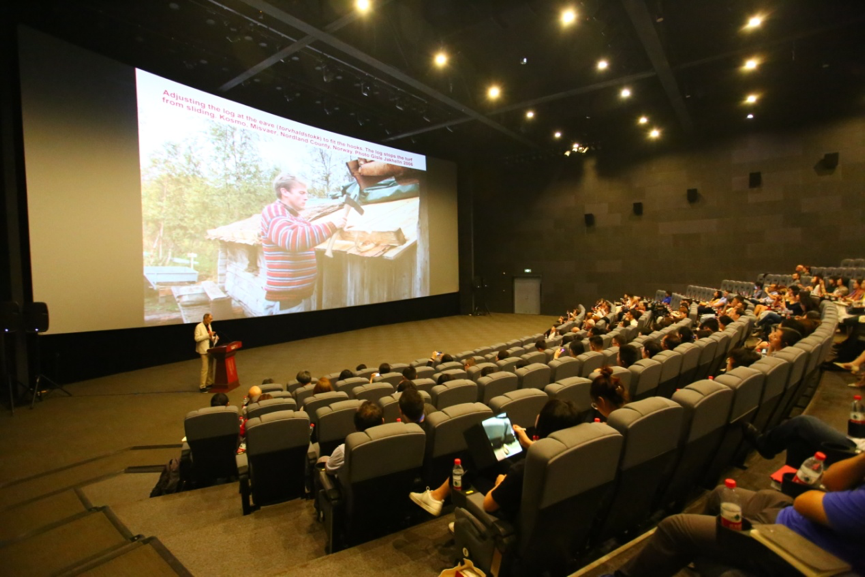 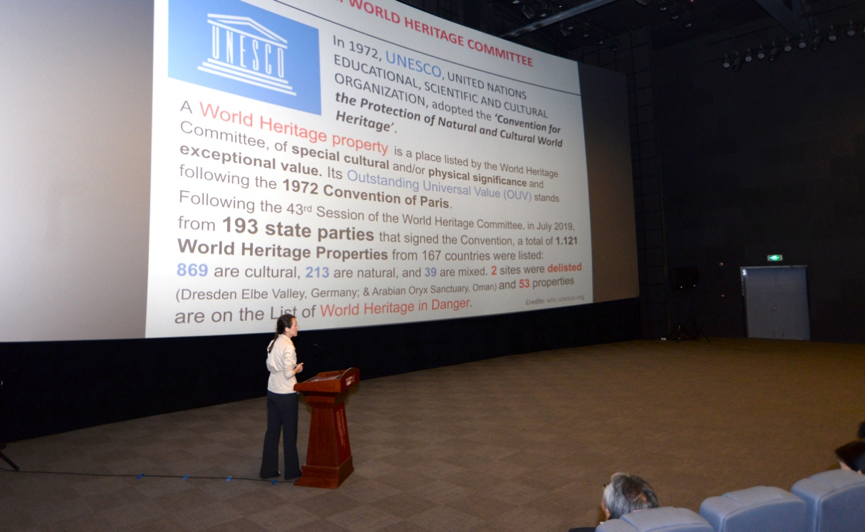
Miles Lewis, professor from University of Melbourne and an expert member of ICOMOS-CIAV, fully demonstrated the amazing combination of timber and earth through a number of cases all over the world. He stressed that the earth-timber hybrid construction has been long existing and evolving in human history. Whether or not the material will undergo further change in the future, it has already become a vernacular architecture type.
In his report themed “From Monument to Community: the Development of World Cultural Heritage in China”, the Vice President of ICOMOS-China Professor Lyu Zhou from Tsinghua University pointed out that the concept of heritage conservation has gone through shifts from government-led approach to public participation, from experts to communities, from monuments to properties of general folks, from archaeological sites to 20th century heritage, from isolated protection to sustainable development, and from value-based philosophy to people-centered perspective. He elaborated this development track via cases of World Heritage sites such as Lijiang Old Town, Honghe Hani Rice Terraces and Kulangsu.
Professor Chang Qing from Tongji University and a member of Chinese Academy of Sciences delivered a keynote speech on “Where is the way for built rural heritage regeneration in China?” He offered a systematic overview of the current situation of Chinese built rural heritage and the strategies for regeneration in his presentation. He analyzed the social context and status quo of built rural heritage, and proposed the three key elements of building, settlement and landscape. Starting from the classifications of regeneration types and models, he examined the challenges and problems faced by rural built heritage in the terms of management, conservation and funding system, and proposed corresponding strategies such as defining identity, remedying loopholes in safety, building up innovative entrust system, transmitting craftsmanship and developing different measures based on the classifications. He emphasized the research potential of vernacular building pedigrees, which divided rural heritage into two categories of prototype sampling and landscape and treated the two with different strategies of restoration and adaptive reuse. He further elaborated the strategy and technological framework for the conservation of the three elements. In the end of the speech, he stressed again that “rural vitalization and built vernacular heritage regeneration concerns the rejuvenation of Chinese nation”.
Pingyao has been exploring a path that leads to a win-win for the conservation and transmission of cultural heritage and the development of modern society. How to achieve the objective of protecting the authenticity and integrity of local cultural heritage while promoting residents` access to modern facilities and a rational development of tourism, is an important topic of this conference and an urgent one to be addressed in the near future. |
- Documentary: 2023 World Heritage Creative X Innovators Conference and the AWHEIC Third Anniversary Celebration
- Publication | WHITRAP Newsletter No. 61
- Mt. Huangshan first show in Climate Action for World Heritage
- Call for Good Practices: 2024 Environment and Resilience
- FAQs | 2024 Call for Good Practices
- Operational Guidelines for the Implementation of the World Heritage Convention 2017
Copyright © 2009-2012 World Heritage Institute of Training and Research-Asia and Pacific (shanghai)


